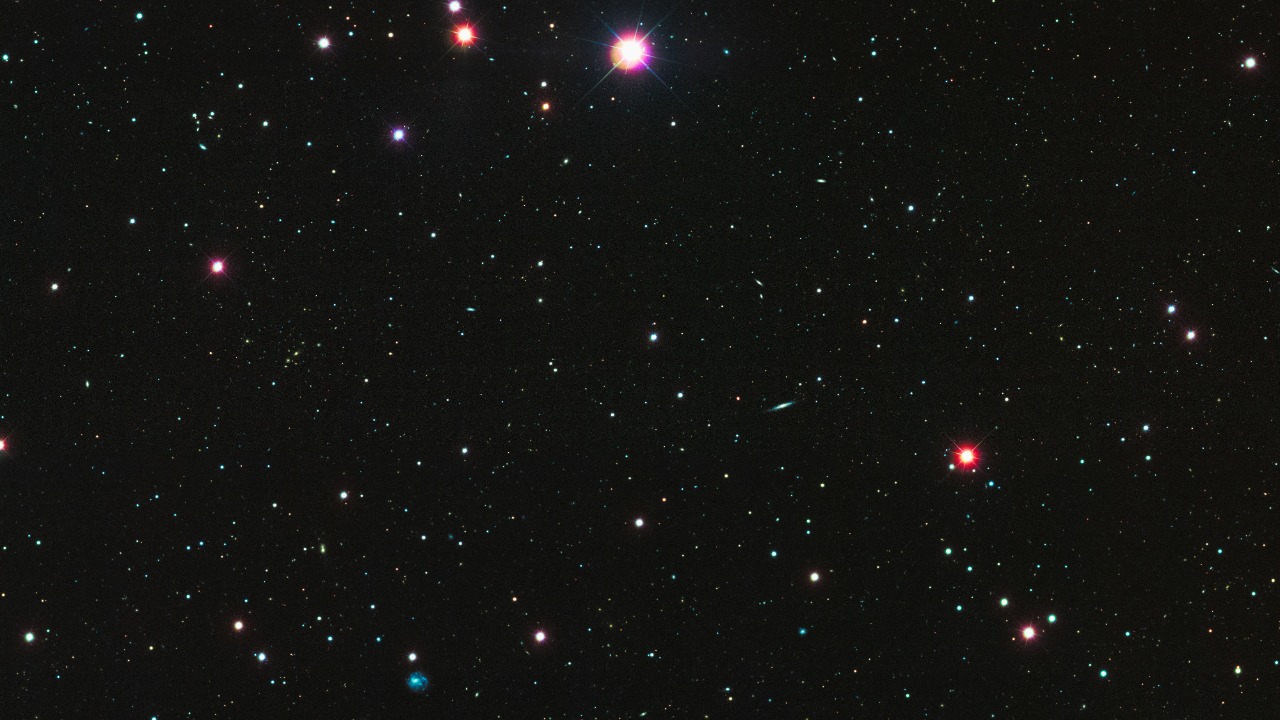
Astronomers at the University of Hawaii have made a groundbreaking discovery by identifying a “dark dwarf,” the smallest dark matter object ever detected. This object, located in the constellation of Draco, challenges existing models of dark matter distribution in the universe. The discovery was made possible through advanced radio signal analysis from deep space, revealing hidden structures that could account for a significant portion of the universe’s missing matter. This breakthrough builds on data from the CM Forest probe, which has been exploring the early universe since July 2023, and was confirmed in September 2025 observations that pinpointed these elusive objects.
The Discovery of the Dark Dwarf
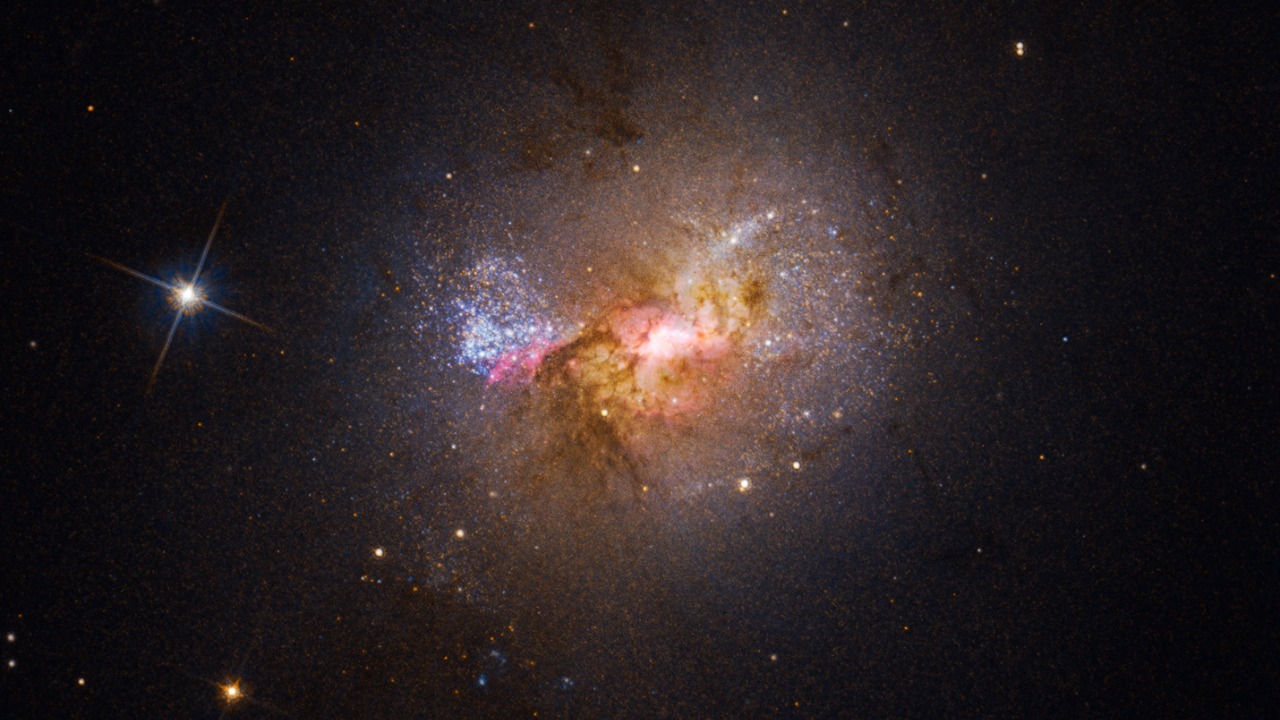
The initial detection of the dark dwarf was achieved using the CM Forest probe, a mission designed to map cosmic microwave background fluctuations. These fluctuations reveal structures from the early universe that align with dark matter clumps. The probe’s data provided crucial insights into the formation and distribution of dark matter, allowing researchers to identify potential candidates for further study. The University of Hawaii’s team played a pivotal role in classifying the object as a dark dwarf, noting its compact size and lack of visible light emission, which are characteristic features of such objects [source].
On July 23, 2025, researchers at the University of Hawaii confirmed the classification of the object as a dark dwarf. This confirmation was based on observations that highlighted its unique properties, including its compactness and the absence of visible light emission. The dark dwarf’s identification marks a significant milestone in the study of dark matter, as it provides a new perspective on the types of structures that may exist within the universe [source].
Further confirmation of the dark dwarf’s existence came on September 12, 2025, through spectral analysis. This analysis revealed the object’s mass and precise position in the Draco constellation. The ability to pinpoint such a small and elusive object underscores the advancements in astronomical techniques and the potential for future discoveries in the field of dark matter research [source].
Unraveling Dark Matter’s Hidden Structures
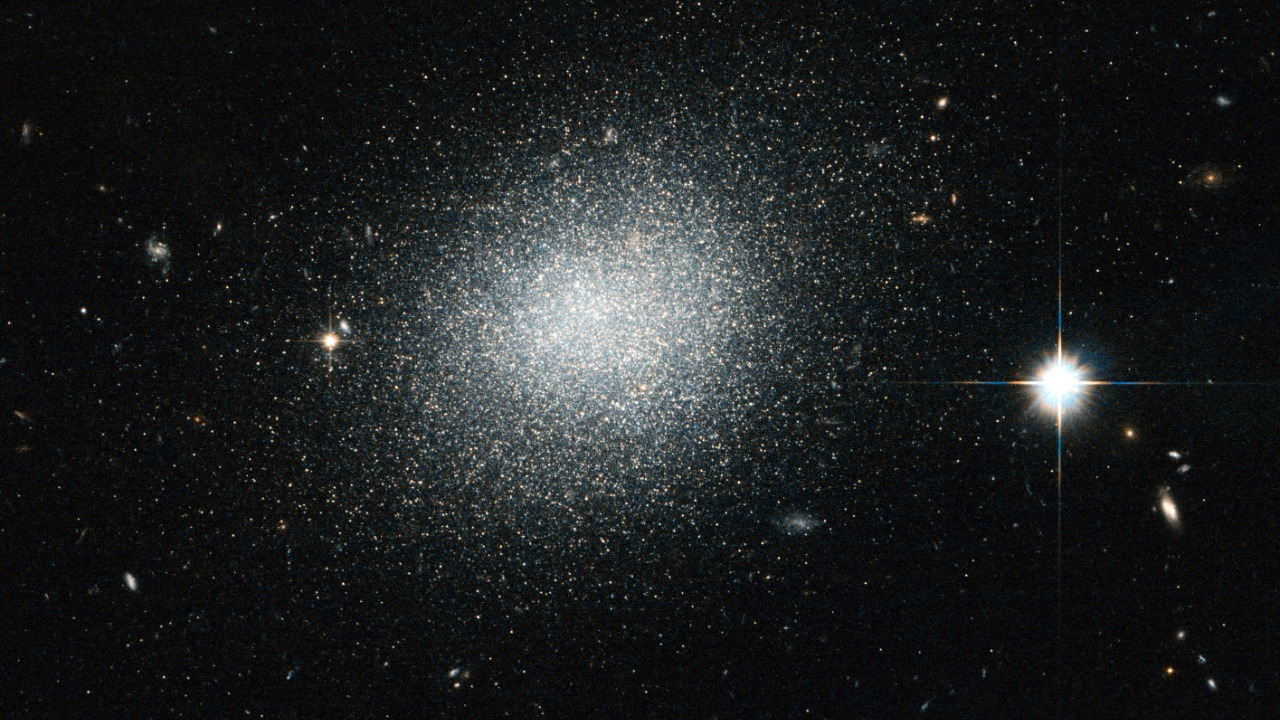
The discovery of the dark dwarf is part of a broader effort to understand the universe’s missing matter. Over the years, mysterious deep-space radio signals have been detected, tracing the location of this missing matter to regions like galactic halos. These signals have provided valuable clues about the distribution of dark matter and its potential substructures, which are smaller than previously theorized. The dark dwarf’s identification supports the idea that dark matter may be composed of such substructures, offering new insights into its composition and behavior [source].
The implications of discovering a dark dwarf are profound, as they suggest that dark matter could be more complex than current models predict. This complexity may influence the formation and evolution of galaxies, as dark matter plays a crucial role in shaping the universe’s large-scale structure. The CM Forest probe’s data indicates that such objects likely formed in the early universe, around 380,000 years after the Big Bang, providing a glimpse into the conditions that prevailed during that time [source].
Techniques Behind the Breakthrough
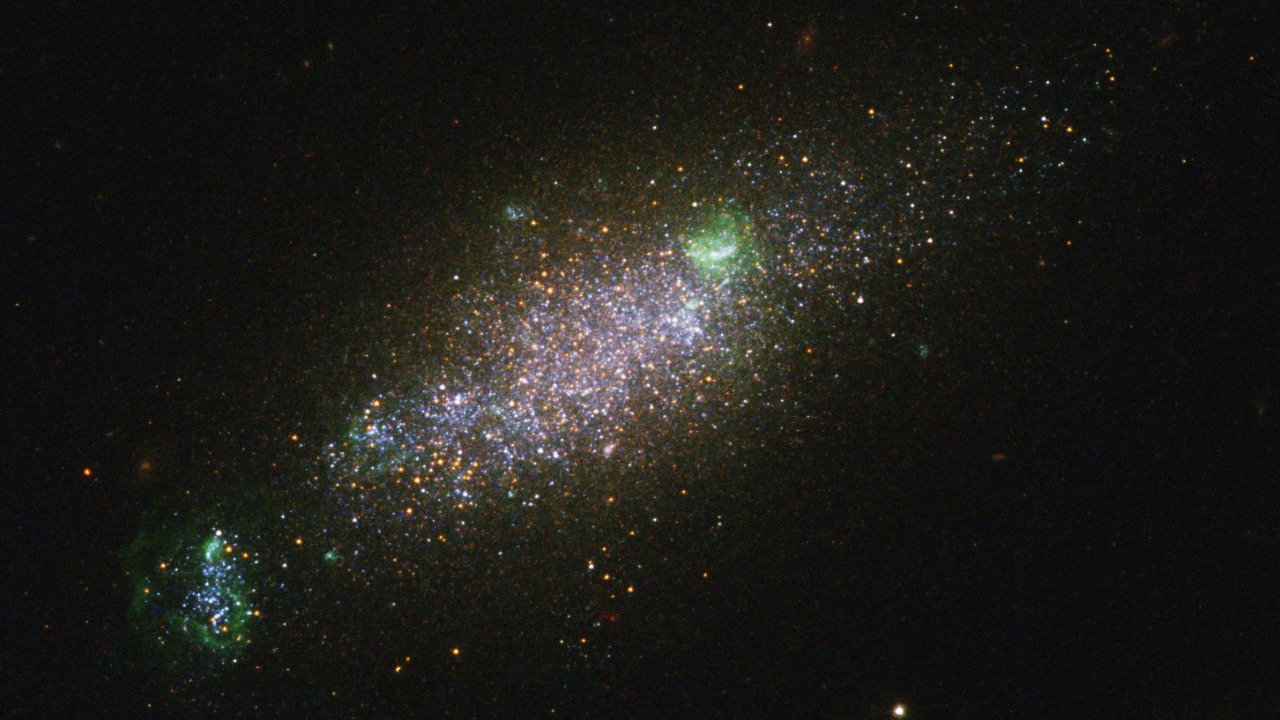
The identification of the dark dwarf was made possible through the use of radio interferometry, a technique that captures faint signals from deep space. This method allowed astronomers to map the precise location of the dark dwarf, despite its elusive nature. By integrating data from the CM Forest probe with observations from the University of Hawaii’s telescopes, researchers were able to model the dark dwarf’s gravitational effects on nearby stars, further confirming its presence [source].
In July 2025, data from Hawaii’s telescopes were combined with simulations to better understand the dark dwarf’s impact on its surroundings. These simulations helped researchers visualize how the dark dwarf’s gravity influences nearby celestial bodies, providing additional evidence of its existence. The integration of observational data and simulations represents a significant advancement in the study of dark matter and its effects on the universe [source].
By September 2025, advanced analysis techniques had quantified the dark dwarf’s density, revealing it as a candidate for the smallest confirmed dark matter object to date. This breakthrough demonstrates the potential for future discoveries of similar objects, which could further illuminate the nature of dark matter and its role in cosmic evolution [source].
Implications for Cosmic Evolution
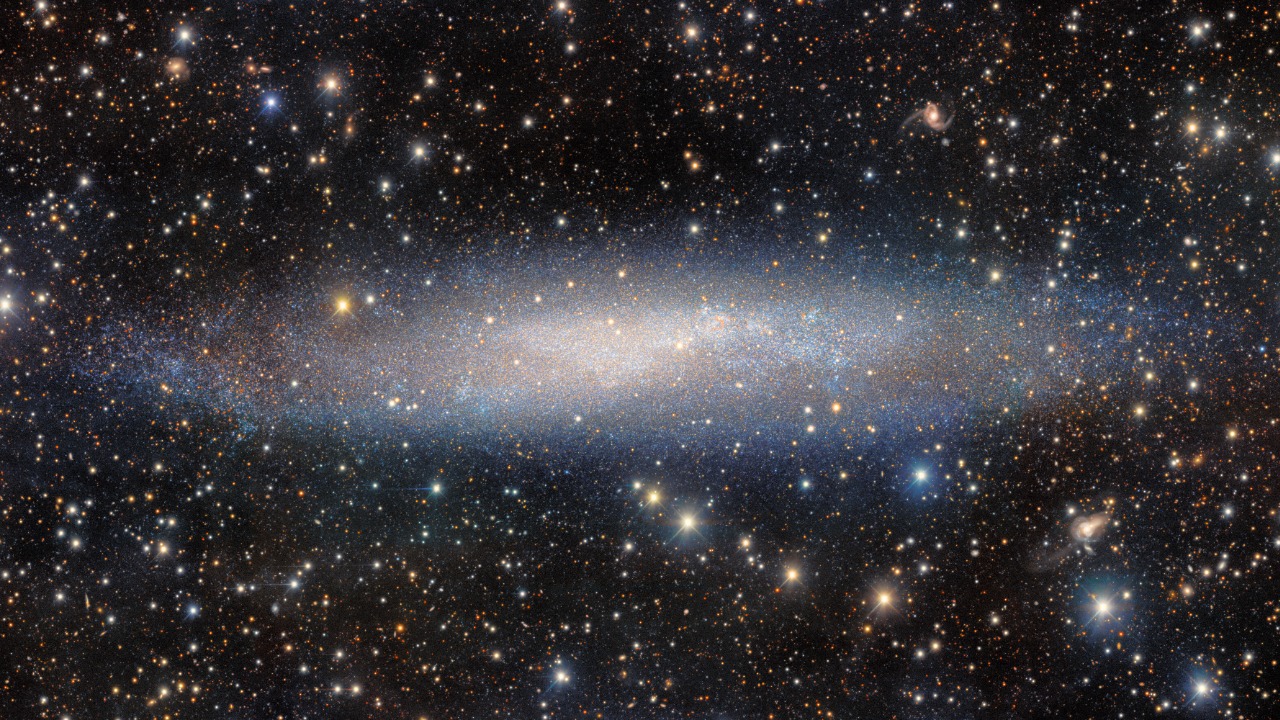
The presence of the dark dwarf suggests that current models of galaxy formation may need to be revised. As dark matter influences matter distribution on small scales, understanding its substructures could lead to new insights into how galaxies and other cosmic structures form and evolve. This discovery highlights the importance of continuing to explore the universe’s hidden components, as they hold the key to unraveling the mysteries of cosmic evolution [source].
The CM Forest probe’s findings have also uncovered potential links between dark matter and cosmic web filaments, which are large-scale structures that connect galaxies across the universe. These filaments may play a crucial role in the distribution of dark matter, providing a framework for understanding its influence on the universe’s overall structure. The discovery of the dark dwarf adds a new dimension to this research, offering a tangible example of how dark matter can manifest in the cosmos [source].
As astronomers continue to search for similar objects, the potential for discovering thousands more dark dwarfs across the universe grows. These objects could provide valuable insights into the nature of dark matter and its role in shaping the universe. By leveraging advanced techniques and technologies, researchers are poised to make significant strides in understanding one of the most elusive components of the cosmos [source].